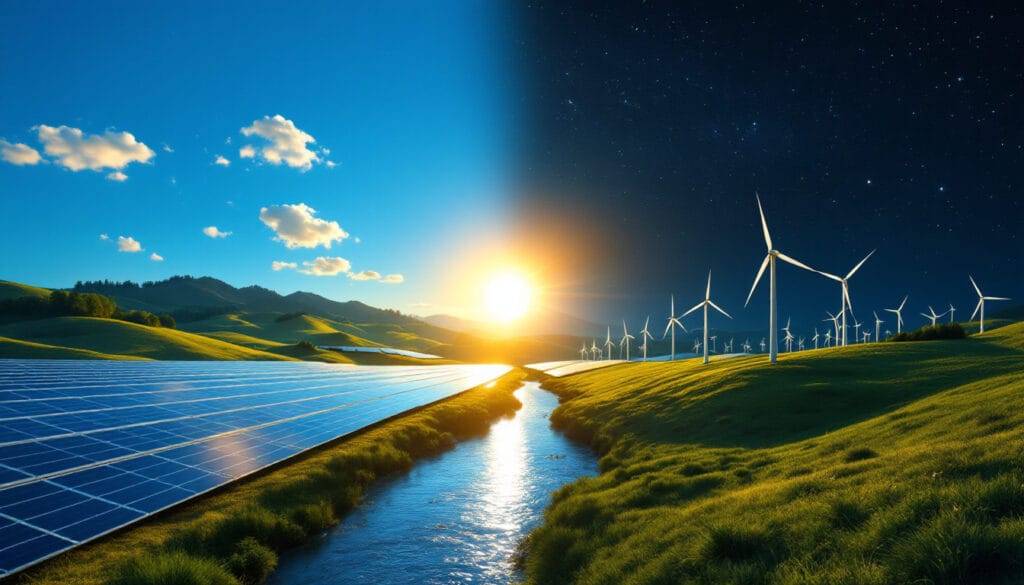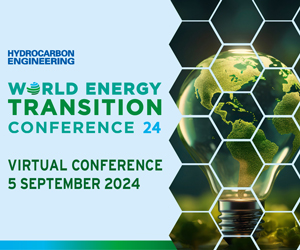Rooted at the heart of our planet, geothermal energy, which literally means “heat from the Earth,” represents a fascinating and promising renewable energy source. This ingenious process harnesses the natural heat from the Earth’s subsurface to produce electricity or provide heating. Whether it involves capturing the heat present in groundwater or exploiting deep geothermal potential to generate clean energy, this technology offers considerable potential for a more sustainable future. Understanding the complexities of geothermal energy allows for a better appreciation of this often-underestimated energy opportunity while paving the way for innovative applications within buildings and beyond.
Geothermal Energy: Geothermal energy, a term derived from Greek “geo” (the Earth) and “thermos” (the heat), refers to both the Earth’s heat and the technology that allows for its exploitation. This energy source is contained within the Earth’s subsurface and is used through various techniques to produce electricity or heat buildings.
Heat from the Earth: The internal heat of our planet is generated by the natural decay of elements in the Earth’s crust and mantle. As a result, internal rocks heat up, creating an ideal environment for harnessing this energy.
High-Temperature Geothermal Energy: This type of geothermal energy aims to exploit underground reservoirs of steam and hot water to produce electricity. High-temperature geothermal energy, due to its multiple applications, remains a sustainable and reliable resource.
Deep Geothermal Energy: Deep geothermal energy utilizes heat located at great depths below the Earth’s surface. This approach represents a significant opportunity as it allows for the capture of thermal resources at higher temperatures, ideal for electricity generation.
Enhanced Geothermal Systems (EGS): These are advanced techniques that allow for maximizing the exploitation of terrestrial heat, even in regions where natural permeability is insufficient. Such innovations could revolutionize the renewable energy sector.
Geocooling: An innovative application of geothermal energy that uses the coolness of the subsurface to cool buildings. Geocooling is gaining popularity in warm environments where traditional air conditioning systems are energy-intensive.
Geothermal Energy in Saint-Laurent-de-Neste: This region in the Pyrenees represents an ideal testing ground to better understand the geothermal potential through technologies like seismic imaging and digital tools. Such initiatives aim to deepen our understanding of geothermal energy and promote its use.
Benefits of Geothermal Energy: Geothermal energy offers numerous advantages, including energy production without greenhouse gas emissions, a renewable and resilient resource, and stable operating costs compared to fossil fuels. It thus fits perfectly within current sustainable development efforts.
Applications of Geothermal Energy: Besides electricity production, geothermal energy can be used to directly heat and cool buildings, reduce energy consumption in homes, and even produce green hydrogen, as seen in certain innovative military initiatives. Discover how the military harnesses this energy to produce green hydrogen: here.
Limitations of Geothermal Energy: Despite its potential, geothermal energy has certain limitations, such as technical constraints related to deep drilling, high initial costs, and geological conditions that are not always favorable. These challenges sometimes hinder its wider adoption.
To learn more about the impact of renewable energies on our energy future, you can read this article on renewable energies: here.
FAQ: Understanding Geothermal Energy
Q: What is geothermal energy?
A: Geothermal energy is a technique that harnesses the heat present in the Earth’s subsurface to produce heat or electricity.
Q: What are the fundamental principles of geothermal energy?
A: The principles of geothermal energy rely on using the temperatures of groundwater and the rocks present at depth to generate energy.
Q: How does high-temperature geothermal energy work?
A: High-temperature geothermal energy harnesses the internal heat of the Earth to produce electricity or heat, offering a clean and reliable renewable energy source.
Q: What are the advantages of geothermal energy?
A: Geothermal energy has many advantages, such as clean and reliable energy production, a sustainable resource, and multiple applications for heating and electricity generation.
Q: Why is geothermal energy not more widely exploited?
A: Although geothermal energy is often presented as a clean and unlimited energy source, technical constraints and physical limits can make it unattractive for certain projects.
Articles similaires
Thank you!
We will contact you soon.













